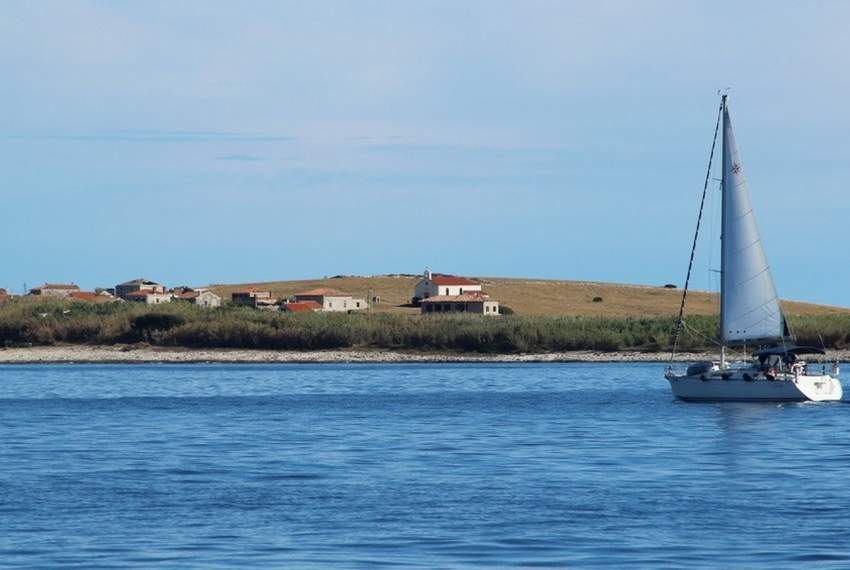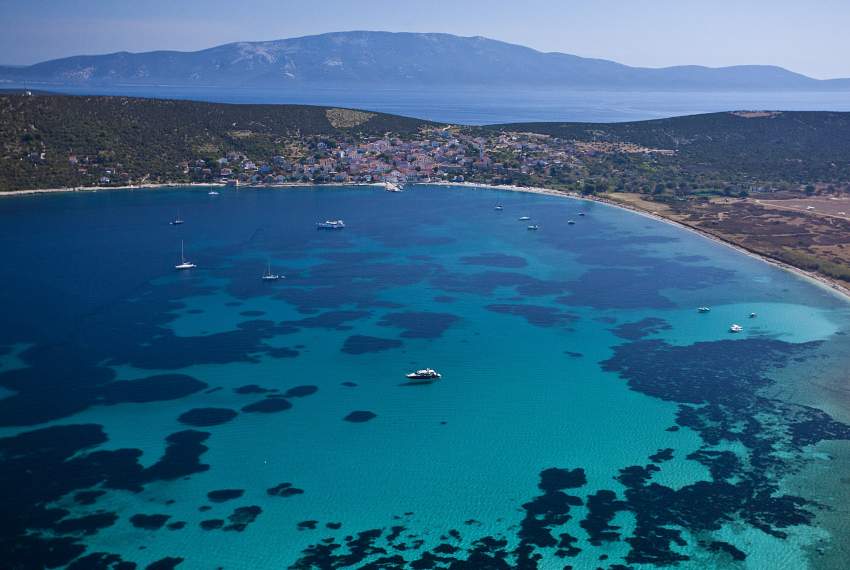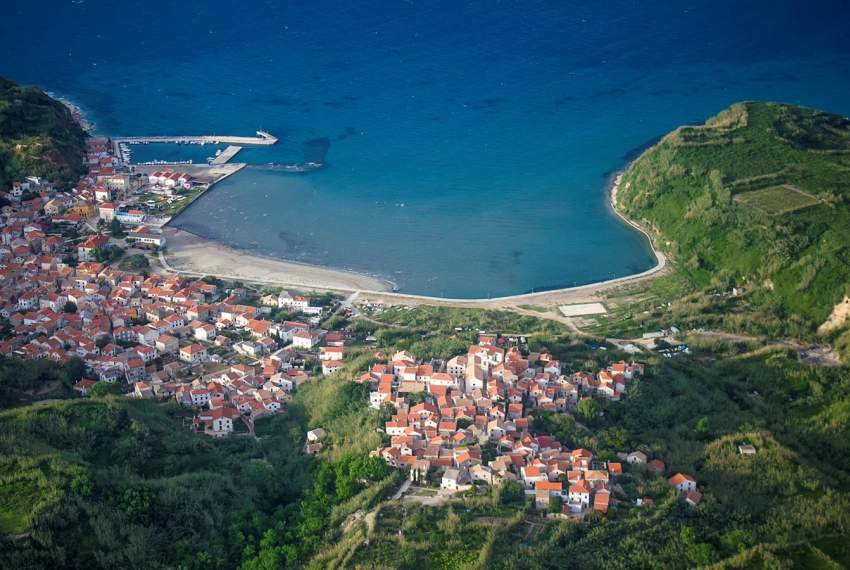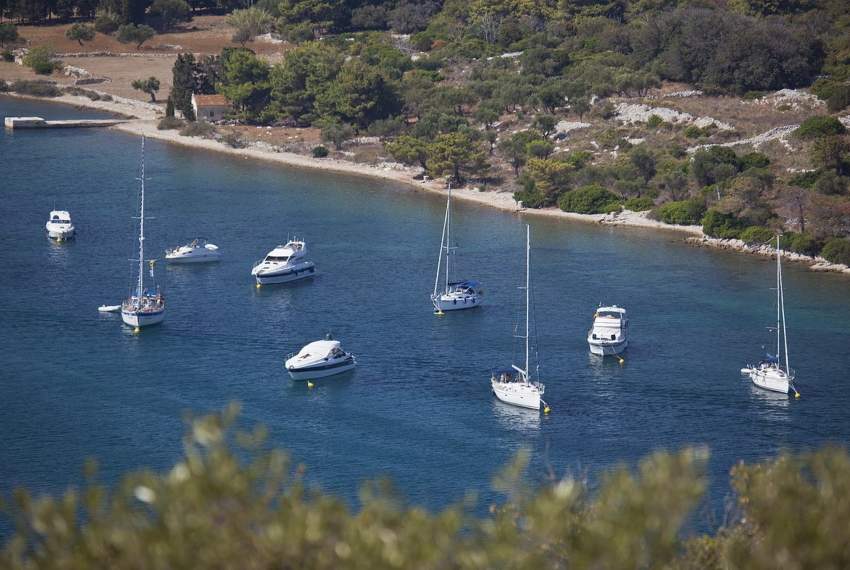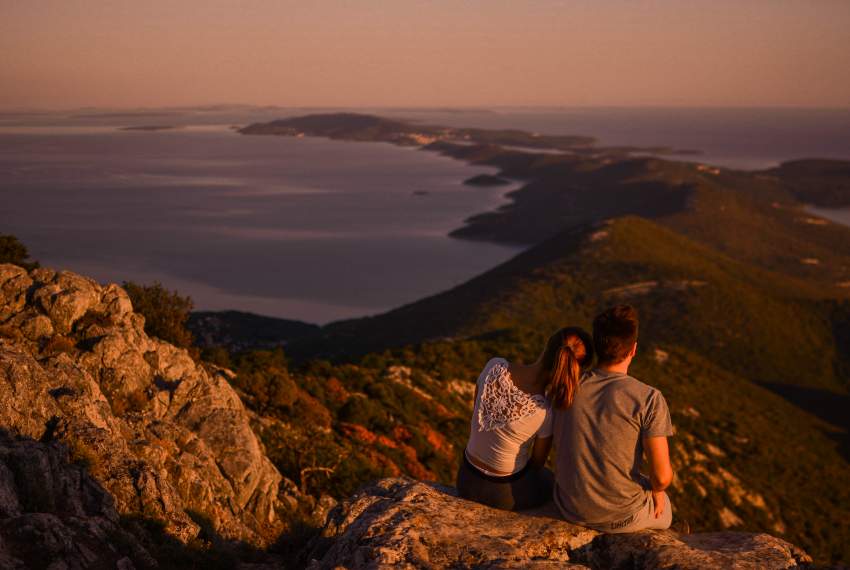Islands
20.11.2024
Vele i Male Srakane
West of Lošinj between Unije and Susak there are two small islands – Vele and Male Srakane.
More23.01.2025
Island Unije – Pristine Nature and Historic Charm of Kvarner
Unije Island, located at the gateway to Kvarner, boasts fertile fields, olive groves, and a rich historical heritage. Perfect for those seeking tranquility and an authentic Mediterranean experience.
More19.02.2025
Susak Island - Sandy Beaches and Untouched Nature
Visit Susak Island, known for sandy beaches and serene nature. Enjoy a relaxing retreat with warm hospitality.
More20.11.2024
Island Ilovik – The Flower Island of the Lošinj Archipelago
Ilovik, known as the Island of Flowers, is the southernmost inhabited island of the Lošinj archipelago. Renowned for its lush Mediterranean vegetation, sandy beaches, and safe harbors, it offers a serene escape with a rich cultural and historical heritage. Perfect for nature lovers and tranquility seekers.
More27.11.2024
Lošinj Island – The Jewel of the Kvarner Bay
Lošinj, part of the Cres-Lošinj island group, is located in the Kvarner Bay, the deepest part of the Mediterranean extending into the European mainland. Here, natural beauty meets rich heritage and Mediterranean charm.
More